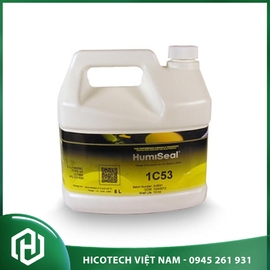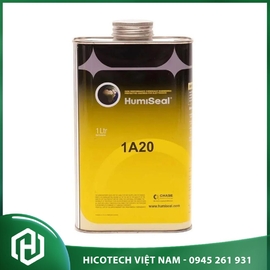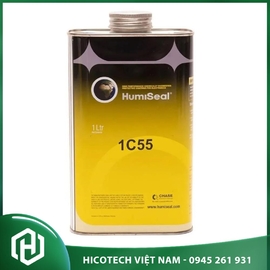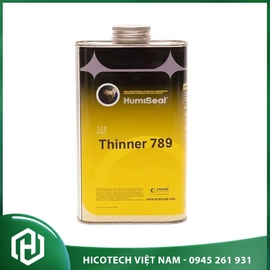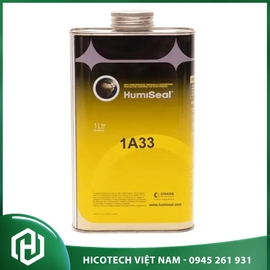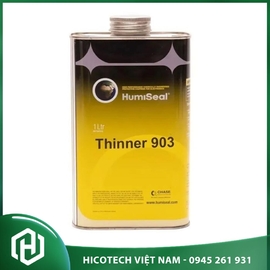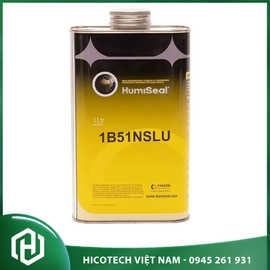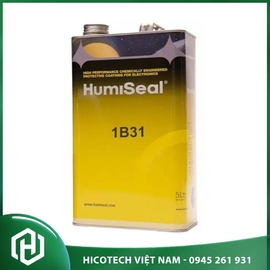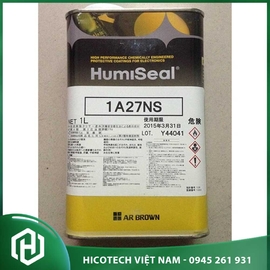Top Design Tips for a Successful Conformal Coating Process
Achieving a successful coating process requires careful consideration of board design, cycle time, and coating flow. In this month's blog, I will address some of the crucial challenges and frequently asked questions about conformal coatings that Design Engineers should keep in mind when specifying the coating process. Assemblies are becoming increasingly densely populated, and housing/casing designs are being made more permeable to reduce weight. In such scenarios, the use of conformal coatings becomes essential to protect the assembly from its operating environment and ensure reliable performance, particularly in harsh conditions. Let's delve into the key factors that will guide us through our five-point Q&A format.
How does board design impact on the coating process?
The success of a coating operation in an assembly can be greatly influenced by the board's design, as it determines the methods that can be employed and the level of coverage achievable within the required cycle time. Generally, the fewer areas on the board that require coating, the faster the coating cycle time will be. In cases where the coating cycle time is too long, there are two possible approaches: focusing on the most vulnerable parts of the assembly within the available cycle time or splitting the coating process across multiple workstations.
Designers should be aware that coating the edges of an assembly is not typically considered value-added for most applications. Design standards often specify that inner layer circuit traces should not be closer than 0.63 mm to the board's edge. When the board is routed, the epoxy resin tends to smear over the cut glass fibers or reinforcement material, sealing off the inner layers. However, designers can specify coating board edges in instances where such sealing is not a concern, such as with V-scored, punched, or sheared edges.
To facilitate smooth production, designers can specify in the engineering drawing which areas need to be coated, which areas should not be coated, and the areas that are considered "don't care." This practice helps streamline the coating process.
Another helpful tactic is to position connectors and components that must not be coated along one edge of the assembly. This simplifies the conformal coating application process and allows for the exploration of alternative methodologies such as dip coating, which can speed up application times and reduce costs. It is also advisable to avoid large arrays of discrete components, as they can pose challenges due to the high capillary forces involved. This often results in areas of insufficient coverage or excessive thickness, leading to issues like stress-cracking, delamination, and other coating defects. Similarly, tall components create their own challenges by creating shadowed or hard-to-reach areas, which can lead to splashing. The key is to avoid placing tall components next to "must-coat" components to prevent such issues from arising.
How is coating thickness specified
When specifying the thickness of coating on an engineering drawing, it is customary in the industry to measure the coating on a flat, unencumbered area of the assembly rather than on items like component leads. However, due to the high component density in many modern assemblies, finding a flat, unencumbered area can be challenging. As a result, it is common and accepted practice to utilize witness or process control coupons for measurement purposes.
Designers should be aware that the "nominal thickness" measured on flat, unencumbered areas or witness coupons does not correlate to the coating thickness achieved on the corners of discrete components or the leads of integrated circuits (ICs). In these areas, the coating thickness may be as low as 1 micron or less, compared to a nominal thickness of 25 or 50 microns. A recent study conducted by the IPC in their report "Conformal Coating – State of the Industry" revealed surprising results for those who assumed a uniform thickness of 25 microns throughout the assembly.
It is important to emphasize that the nominal coating thickness serves as an indicator of the coating process only. The actual coverage on leads and components holds greater significance for the reliability of the assembly, and this understanding should be shared among all parties involved. The primary objective is to achieve the highest degree of coverage possible, and performing cross-sections can provide insights into how well the application process is delivering this critical parameter for success. The purpose of the witness coupon is to identify significant changes in the process rather than providing a comprehensive representation of coating thickness throughout the entire assembly.
Why is Coating Cycle Time Important
The coating cycle time is a critical requirement in lean manufacturing to ensure the production takt time can be met to maintain a balanced production line. It is advantageous for the coating cycle time to be as fast as possible to ensure any accumulated production can be cleared as rapidly as possible, should any previous operations suffer a stoppage.
If we look at a selective coating machine as an example, depositing stripes of coating material that can be programmed to stop and start on demand. The coating stripes can be deposited to create a pattern, avoiding areas such as switches, connectors and test points which must not be coated to prevent interference with form, fit or function. The coating stripes deposited are usually in the 8-15mm range, for optimum accuracy and minimizing overspray and splashing. When the area to be coated is less than 8mm in width, then it is necessary to utilise a dispensing step, which is a cycle time killer. Due to the combination of machine X/Y positional accuracy, material fluid dynamics and component topography, 2-3mm is usually as close to keep out areas as anyone would be comfortable coating for a repeatable process. So must coat and keep-out areas within 2-3 mm of each other present a problem and again dispensing will be required, another process step which kills cycle time.
How to Improve Coating Flow
Controlling the flow of coating from the intended application site to adjacent areas can be challenging for many coatings due to capillary flow, often referred to as wicking. This can result in the coating reaching unforeseen areas. Hence, it is crucial to emphasize the importance of avoiding the proximity of components that MUST NOT be coated with those that MUST be coated. Placing a "keep out zone" at the base of a tall component, such as an electrolytic capacitor, can create significant manufacturing issues as the coating flows down the tall component and accumulates in the keep out zone.
Coating flow also poses concerns for low standoff devices like BGAs or CSPs, which may have microvias beneath them. The coating has the potential to wick under these parts and travel through the vias to the opposite side of the assembly. To prevent this problem, the vias beneath low standoff components can be tented with solder mask or filled with solder or an appropriate via-fill material. Additionally, the presence of conformal coating beneath BGAs can considerably reduce the reliability of the solder joints. Hence, the coating process should be designed to minimize coating flow beneath BGAs or utilize an Underfill material to enhance the mechanical reliability of these devices.
What other processes can impact on the coating
The presence of flux residues from "no-clean" solder pastes, selective soldering, or wave soldering can have a significant impact on the adhesion and effectiveness of conformal coatings in protecting the assembly. It is essential to conduct compatibility studies before applying coatings over a "no-clean" process, and strict controls must be maintained over the soldering processes.
Designers should ideally be aware of the manufacturing practices that follow the application and curing of the coating. Other materials such as thermal greases/putties and rework/repair chemicals can also affect the integrity and overall performance of the coating. When selecting adhesives for assemblies, it is crucial to ensure compatibility with the chosen coating materials and processes. Adhesives that are not compatible can negatively affect the overall performance of the coating.
Initiating the discussion on the importance of making informed design decisions at an early stage, it is crucial to understand the interplay between various factors on the board's surface to achieve successful conformal coating. Implementing these lessons will not only prevent potential production disasters in the realm of conformal coatings but also contribute to overall production efficiency. Stay tuned for my next column, where I will delve into more coating tips and tricks.


